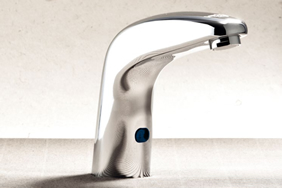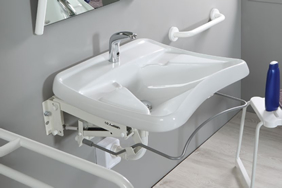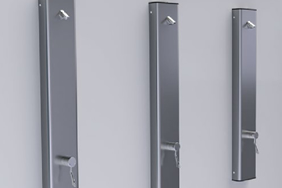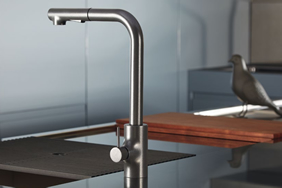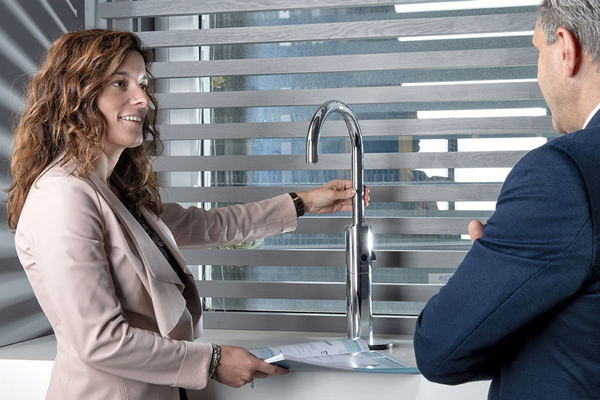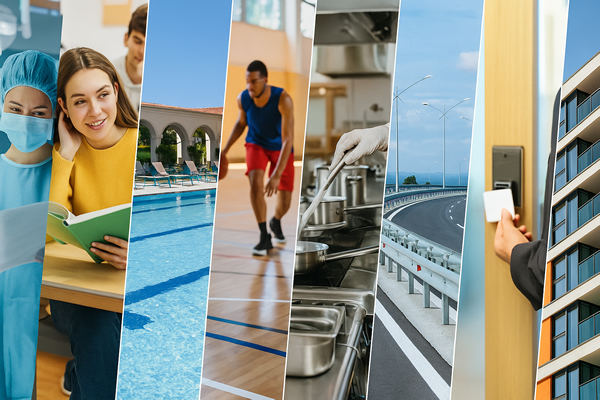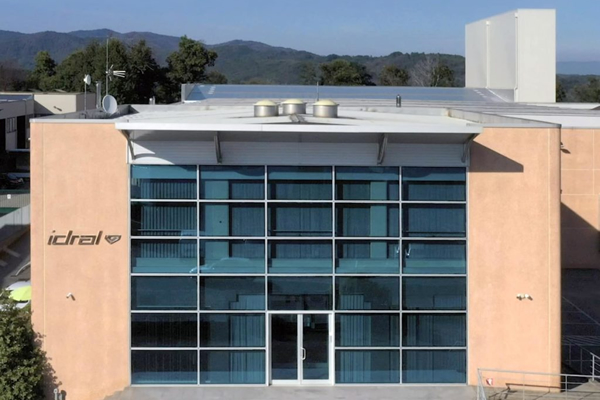
The evolution of technology has revolutionised many aspects of our daily lives, including the way we manage personal hygiene. Automatic taps, both electronic and timed, represent a significant step forward in this area, offering a number of benefits that go far beyond simply saving water.
Electronic Taps: Maximum Efficiency at a Glance

Automatic electronic taps are equipped with advanced sensors that detect the presence of the hand and activate the water supply in a precise and controlled manner. This photocell sensing technology ensures that water is only dispensed when needed, avoiding waste and contributing to overall water savings. One of the most remarkable aspects of electronic taps is their ability to completely eliminate physical contact. This is particularly crucial in high-traffic settings where cross-contamination can be a significant problem. With electronic faucets, users can enjoy an unprecedented hygiene experience without having to touch any components. In addition, electronic automatic taps are designed to resist wear and tear and vandalism. Built with high-quality materials and advanced technology, these taps are able to maintain reliable performance over time, even in high-use environments.
Timed Taps: The Classic Water-Saving Solution

Timed taps, on the other hand, have been a trusted water-saving solution for decades. These taps are equipped with a cartridge that regulates the flow of water according to a preset time, ensuring that water is only dispensed for the duration needed. This technology has proven to be extremely effective in reducing water consumption, especially in public environments such as bathrooms in restaurants, offices and shopping centres. Although it may require a short adaptation period for users, timed taps have established themselves as a reliable and efficient solution.
Criteria for choosing automatic taps
The use of electronic and timed taps depends on the specific needs and the environment in which they are installed. Here are some considerations that can help you decide when to use each type: Electronic Taps:
- High Hygiene Standards: Electronic faucets are ideal in environments where hygiene is paramount, such as hospitals, clinics, laboratories or any place where the prevention of contamination is crucial. They eliminate direct contact with the tap, reducing the risk of spreading germs and bacteria.
- High People Flow: In places with a high flow of people such as airports, stations, shopping centres and restaurants, the use of electronic taps helps to efficiently manage water supply, avoiding waste.
- Energy Efficiency: Electronic taps are designed to dispense water only when they detect the presence of a hand. This contributes to energy and water savings in the long term.
- Aesthetically Sensitive Environments: In environments where aesthetics play a key role, such as hotels, restaurants and design spaces, electronic faucets can integrate elegantly and modernly into the environment.
Timed Taps:
- Priority Water Saving: In environments where saving water is the main priority, such as public facilities, offices or government buildings, timed taps are an excellent choice. They can be set to deliver water only for the time needed to wash hands, avoiding waste.
- Ease of Use and Adaptability: In places where users may be unfamiliar with sensor technology or where it is important to maintain more direct control over the water supply, timed taps can offer a more intuitive solution.
- Economy: timed taps are often a cheaper choice in terms of initial cost and maintenance than more advanced electronic taps.
- Environments with Variable User Flows: In places such as public toilets or toilets in parks or leisure areas, where the flow of users can vary considerably, timed taps may be more suitable, ensuring that the water is turned off automatically after a certain period.
In many cases, the combination of the two types of taps in different environments within a building can offer the greatest benefit in terms of efficiency, hygiene and resource savings.
The Perfect Synthesis: Electronic and Timed Automatic Faucets
Today, the choice between electronic and timed automatic taps is not a question of one or the other, but rather how to integrate both technologies for maximum benefit. For example, in environments with a high flow of people, the use of electronic taps can ensure impeccable hygiene, while the implementation of timed taps can contribute significantly to overall water savings. Furthermore, the combination of these two technologies offers flexibility that can be adapted to the specific needs of each environment. For example, in a gymnasium, electronic taps might be preferred for washing hands, while timed taps might be more suitable for pool showers.
Conclusions: A Future of Intelligent and Sustainable Hygiene
In an age where sustainability and hygiene are central to our concerns, automatic taps, both electronic and timed, emerge as a smart choice. These technologies not only improve efficiency and convenience, but also contribute to the saving of valuable resources such as water. Whether in a public or private setting, the implementation of automatic taps is a step towards a cleaner, more efficient and sustainable future. The choice between electronic and timed automatic taps is not a competition, but a synergy that can lead to surprising results.





